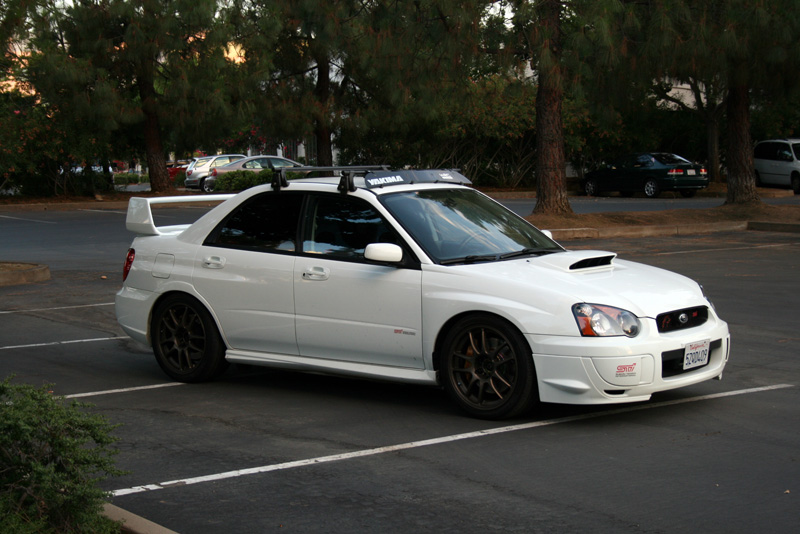Rest can be thought of taking time off. This rest period involves sleeping, relaxing, reading my blog or watching television. Heart rate is low, metabolism is low and body temperature is low. Without sufficient amount of rest you will feel tired, unmotivated, uncoordinated and mentally drained. You should and probably do rest each and every day.
Recovery involves a low level activity and is vital to any training program. Cyclist who use power meters are usually encouraged by their coaches to use their meters on their recovery rides to ensure they do not go too hard. During a recovery ride the other day, a rider I was with said that if he went any slower he felt like he wasn't accomplishing anything. My answer was your not supposed to accomplish anything on a recovery ride. What I meant was that you will not gain fitness by training at a recovery level. Many riders will then ask, if you're not gaining fitness, why do it? The answer lies in what happens to your body during the hard training days.
When training hard in cycling or any sport, you create microtrauma in all your working muscles. Along with the trauma your muscles endure, they also are exposed to waste products, high acid levels, and decreased oxygen levels. After a hard effort, if you stop immediately, your body does not have the ability to flush the bad stuff out and repair the damage. This is why a proper cool down is so important. Even with a proper cool down, you body still has work to do many hours to a couple of days later. While it may seem like pure rest is the answer, doing nothing can hinder the recovery process.
Recovery training at a low level will increase circulation, elevate body temperature and increase sweating and respiration. This slight increase above normal will help the body flush excessive waste from the muscle, improve blood flow to help with trauma repair and ensure proper nutrition is being delivered. Be careful though, too hard or too long will irritate sore muscles and stiff joints or stress metabolism and create unneeded strain.
It may be difficult sometimes to decide which one is best. You need your rest. If you are physically tired and mentally drained, no amount of recovery training is going to benefit you. If you need to recover from a race weekend or a hard training bout, than using active recovery will speed the process along and allow you to train hard again the next day.
In summary, get your rest and remember it is alright to go for an easy ride.














